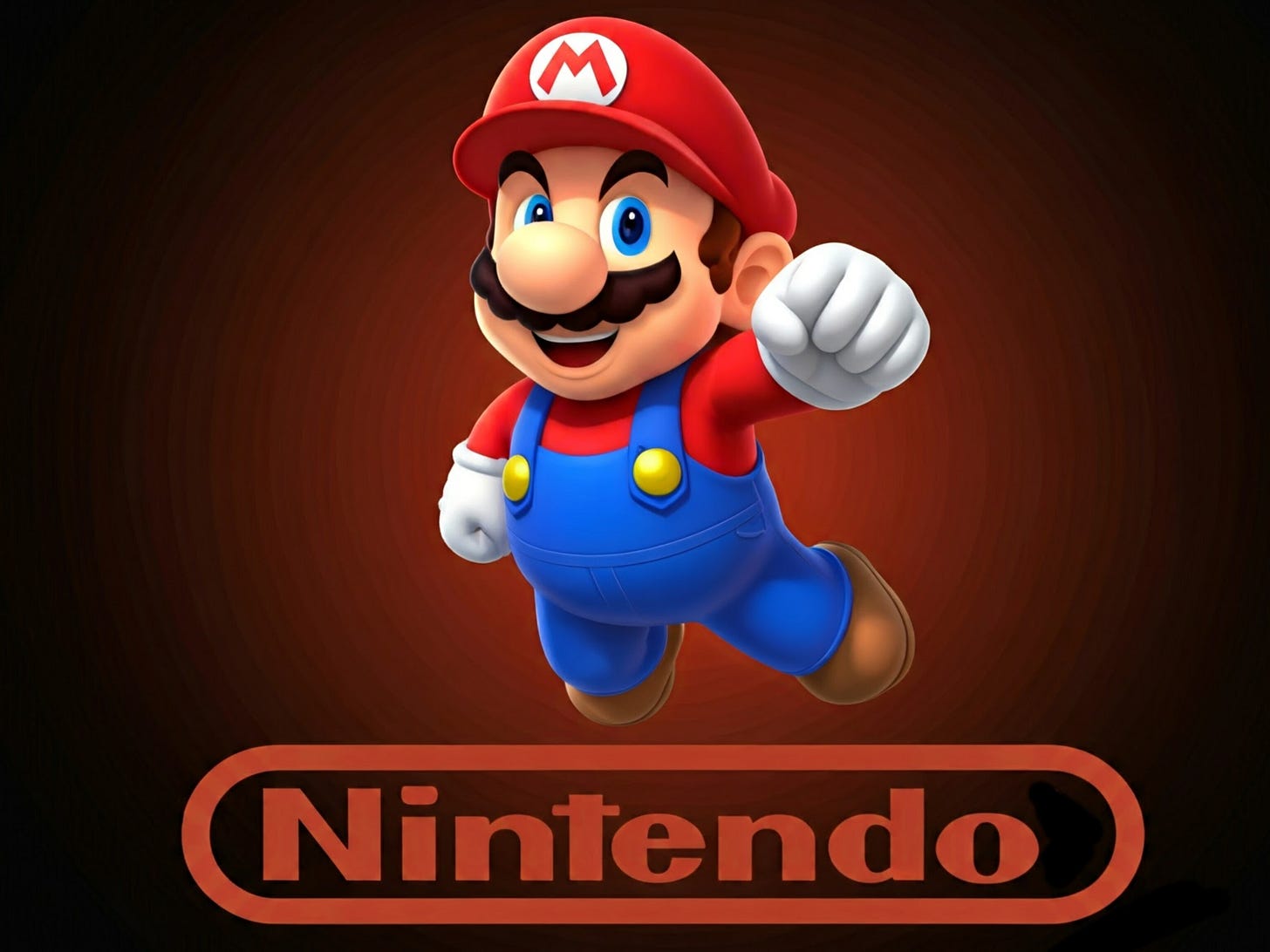The Nintendo Formula: Nostalgia, Innovation, and the Secret to Market Longevity
This Japanese company transformed from a humble card-making business into a global entertainment powerhouse, capturing investor attention with every strategic shift.
1889-1960s: The Early Days and Diversification Experiments
Nintendo’s story begins in 1889 in Kyoto, Japan, where Fusajiro Yamauchi founded Nintendo Koppai as a maker of handmade playing cards, particularly the Hanafuda cards, a traditional Japanese style. This niche kept the company profitable through the early 20th century, but growth was limited by Japan’s strict gambling laws and the small market for traditional cards.
In the 1960s, Hiroshi Yamauchi, Fusajiro’s grandson, took the helm and looked to diversify Nintendo’s operations. The company dabbled in everything from instant rice to a taxi service, but none were significantly profitable. However, these experiments reveal Nintendo’s core adaptability and willingness to explore new markets—traits that would later become invaluable.
1970s-1980s: Transition to Electronics and Early Successes in Gaming
Nintendo eventually shifted its focus to electronic entertainment, with a breakthrough in 1977 through a partnership with Magnavox to distribute the first commercially successful home video game console, the Odyssey. Soon after, they launched their own Color TV-Game consoles, which introduced many Japanese households to video gaming for the first time.
The real game-changer arrived with the debut of “Donkey Kong” in 1981, designed by a then-unknown Shigeru Miyamoto. The arcade game was a hit in North America, establishing Nintendo as a serious player in the entertainment space. Following this, in 1983, the company launched the Nintendo Entertainment System (NES), which became a cultural phenomenon, sold over 60 million units globally, and firmly positioned Nintendo as the king of home gaming.
1989-1990s: The Game Boy Revolution and Market Expansion
Nintendo’s Game Boy, released in 1989, was revolutionary, bringing quality handheld gaming to a mass audience and spawning the globally popular Pokémon franchise. The Game Boy’s success solidified Nintendo’s “entertainment for all ages” philosophy, making it a household name and further boosting its share price. By this point, Nintendo’s core business model was clear: deliver exclusive content on proprietary hardware, maximizing profits through both hardware and software sales.
Nintendo continued to innovate throughout the ’90s with consoles like the Super Nintendo Entertainment System (SNES) and the Nintendo 64 (N64), each introducing new technology that shaped the industry. Though they faced competition from Sega and Sony, Nintendo consistently held its own. Its shares grew thanks to its strategic IP approach, where franchises like Mario, Zelda, and Pokémon generated a recurring revenue stream through both new games and merchandise.
2000s: The Wii Phenomenon and Market Disruption
The early 2000s saw challenges as Sony’s PlayStation 2 dominated, and Microsoft’s Xbox introduced stiff competition. But Nintendo’s decision to innovate, rather than directly compete on power and graphics, proved brilliant. The Wii, released in 2006, used motion controls and catered to non-traditional gamers, such as families and older adults. The Wii was a runaway success, selling over 100 million units and proving that gaming could appeal beyond hardcore gamers.
2010s: Challenges, Mobile Expansion, and the Switch Transformation
Nintendo faced a difficult period with the Wii U, a console that, despite its innovative dual-screen feature, suffered from poor marketing and limited third-party support. This misstep hit Nintendo’s share price hard and raised concerns over the company’s long-term strategy. However, the decade also saw Nintendo’s diversification into mobile gaming and IP licensing, which reassured investors. Notably, the launch of Pokémon GO in 2016, a mobile augmented reality game, was a monumental success that expanded the company’s brand reach and drove millions in revenue, demonstrating that Nintendo’s IPs had potential beyond dedicated gaming devices.
The big comeback arrived with the Nintendo Switch in 2017, a hybrid console that could function as both a home and handheld device. The Switch achieved widespread success, appealing to both casual and hardcore gamers and boasting a robust library of exclusive games. The console’s “hybrid” model allowed Nintendo to merge its handheld and home console markets, reducing R&D costs and maximizing revenue from a single platform.
The Switch proved Nintendo's adaptability and long-term resilience. Nintendo's decision to focus on games accessible to all ages and skill levels created an extensive and loyal customer base, boosting revenue stability. Nintendo’s share price surged, and the Switch quickly became one of the best-selling consoles of all time, with lifetime sales exceeding 129 million units.
2020-Present: Sustaining Success and Preparing for the Future
Nintendo’s strong performance continued into the 2020s, with the pandemic driving a surge in gaming and record profits. Nintendo's “evergreen” IPs, like Mario Kart and Animal Crossing, consistently sold well, showcasing the power of a well-managed, established brand.
The company has indicated a continued focus on its unique IPs and immersive experiences while slowly expanding its offerings, such as the Super Nintendo World theme parks and a robust streaming library of games. With a brand that has survived (and often led) multiple generational shifts in gaming, Nintendo's strength lies in its ecosystem of iconic IPs, exclusive content, and innovative hardware, which it has mastered in a way no competitor has matched.
Join us: ➡️ Instagram | Telegram | X ⬅️



